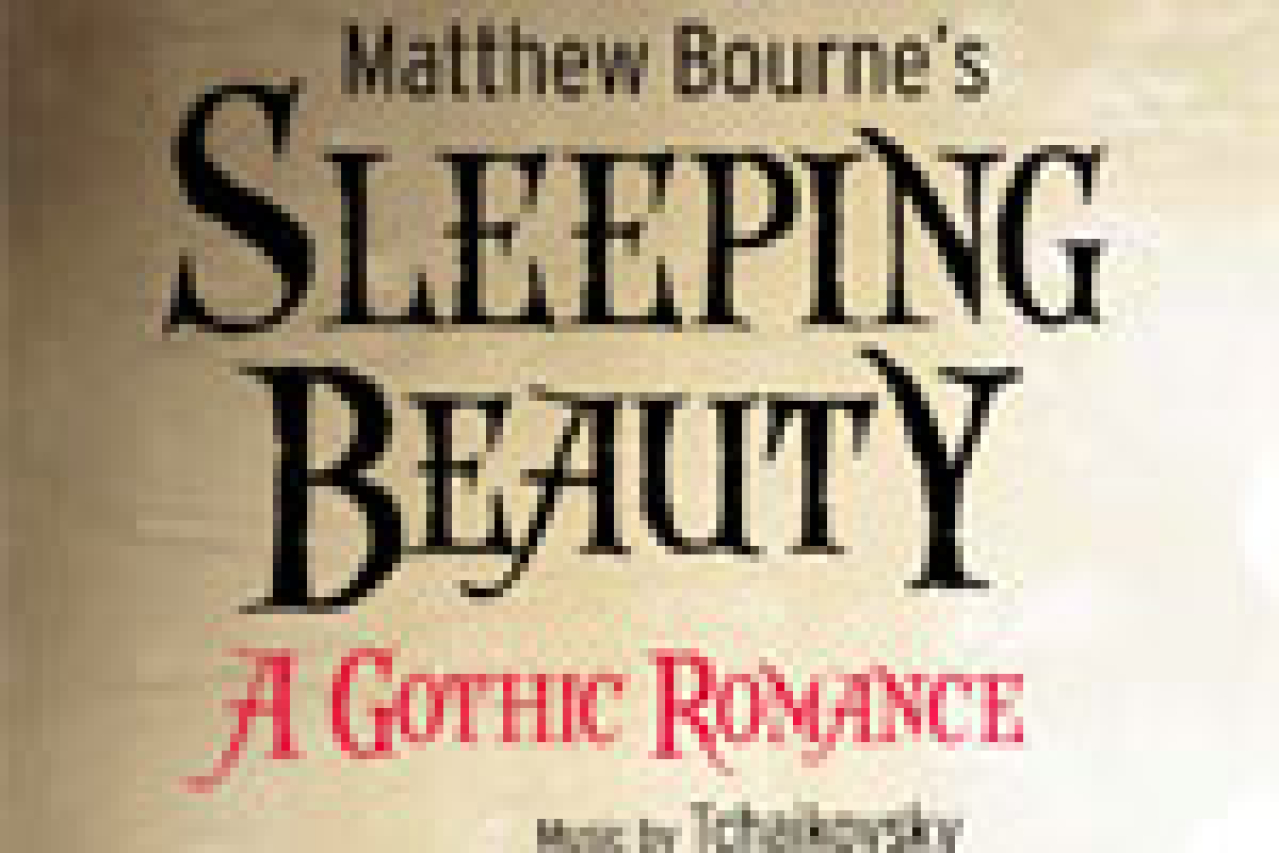Matthew Bourne's Sleeping Beauty

(© Simon Annand)
If Pyotr Ilyich Tchaikovsky were somehow brought back to life (or made…undead) and his reanimated corpse decided to adapt a Stephanie Meyer novel into a ballet, it would probably look and sound a lot like Matthew Bourne's Sleeping Beauty, which is making its New York debut at City Center. Bourne, the British choreographer who has previously directed Tchaikovsky’s two other major ballets (Swan Lake and The Nutcracker), completes the trifecta with this thoroughly entertaining and visually stunning Sleeping Beauty. Bourne’s story-driven approach has, in many ways, improved upon the original, which is sorely lacking in story arc and dramatic tension. Also, he’s glitzed the whole thing up with lots of sexy vampires. It is most certainly not what Tchaikovsky originally intended, but I imagine he won’t mind: He’s dead. (Or is he?!?!)
Tchaikovsky drew much of his inspiration from The Grimms’ Little Briar-Rose. Traditionally, The Sleeping Beauty is performed in three acts and a prologue. The prologue features a lot of fairy dancing in celebration of the christening of Princess Aurora. When the dark fairy Carabosse crashes the party, she places a curse on Aurora: The Princess will prick her finger on a spindle and die upon her 16th birthday. The Lilac Fairy counteracts this curse, converting death into a (mere) 100-year slumber. Sure enough, Aurora pricks her finger in Act 1, only to be awoken by the kiss of a handsome and strange prince in Act 2. The Prince makes quick work of Carabosse, leaving Act 3 free for a festival of seemingly interminable self-indulgent dance solos, thinly disguised as a royal wedding. Seriously, the story basically stops after Act 2.
Bourne begins his version in 1890, the year Marius Petipa choreographed the original production. Baby Aurora is christened in an opulant Russian Imperial Palace amid much fairy dance. Carabosse (Adam Maskell in drag) is pissed she wasn’t invited, and places a curse on the young princess. Flash forward to 1911: Carabosse is dead, but her son, Caradoc (also Maskell, with Anne Rice hair), lives on to carry out her plan. Princess Aurora (Hannah Vassallo) is young and beautiful. While she has many noble suitors, she only has eyes for working man Leo (Chris Trenfield), the royal gamekeeper. Before they can make their love official, she pricks her finger on Caradoc’s black rose and slips into a deep sleep. Luckily, Fairy King Count Lilac (Christopher Marney) bites Leo and turns him into a fairy vampire, helping this newly minted immortal camp out for 102 years until the princess is ready to awaken with his kiss. But they still have to deal with the baddie and his minions.
The whole piece works better, with much clearer character and story arcs: Who wants to wake up to the feeling of a strange man’s lips? I don’t care how hot he is, that’s creepy. In this version, Aurora awakens to her lost love. By introducing the character of Caradoc, Bourne also inserts a story of sexual domination and male competition that hitherto did not exist. Unfortunately, (SPOILER ALERT!), the final defeat of Caradoc is still about as anticlimactic and rushed as in any Petipa-knockoff production. Bourne has managed to juice so much drama from the score. Why rush this moment? Mercifully, Bourne spares us an extended wedding, opting for a simple and satisfying mise-en-scène that tells us everything we need to know: They (live?) happily ever after.
The music is canned and the dancing is competent, but not particularly formally impressive. Showoff moves take a back seat to story. Vassallo and Trenfield exude chemistry, their über-flexible bodies practically melting into each other. Maskell is appropriately wicked, with a sneering indifference that doesn’t quite explain his character’s infatuation with Aurora. Marney plays the wise and helpful elder fairy with ease, like a vampiric Elrond. (Apparently, fairies and elves go to the same stylist.)
Lez Brotherston’s Herculean design takes us from late Victorian to high Edwardian to modern-day-posh cocktail lounge, all with a distinctly Russian flair. The domes of the Imperial palace mesh perfectly with the snazzy Orthodox Church theme in City Center’s main auditorium (originally a Shriner meeting hall). The costumes are jarringly vibrant and utterly stylish, from the whimsical fairy topcoats to the cool vampire blazers. I want to wear them all. They display a unity of design even over the 123-year course of the ballet: Red means business in any century.
This whirlwind of time allows Bourne to employ different eras of popular dance. The waltzes during the second-act garden party are a particular highlight: Who knew that the Foxtrot and Castle Walk went so well to Tchaikovsky? It is always refreshing to see a choreographer unrestrained yet undeniably informed by tradition and form. Bourne knows the rules and he also knows how to break them in magnificent style.
If the primary reason you go to ballet is to see high-flying displays of athletic agility and pristine form, Matthew Bourne’s Sleeping Beauty will probably disappoint you. If you’re looking for a good story rigorously told through design and dance, however, this one’s a winner.











